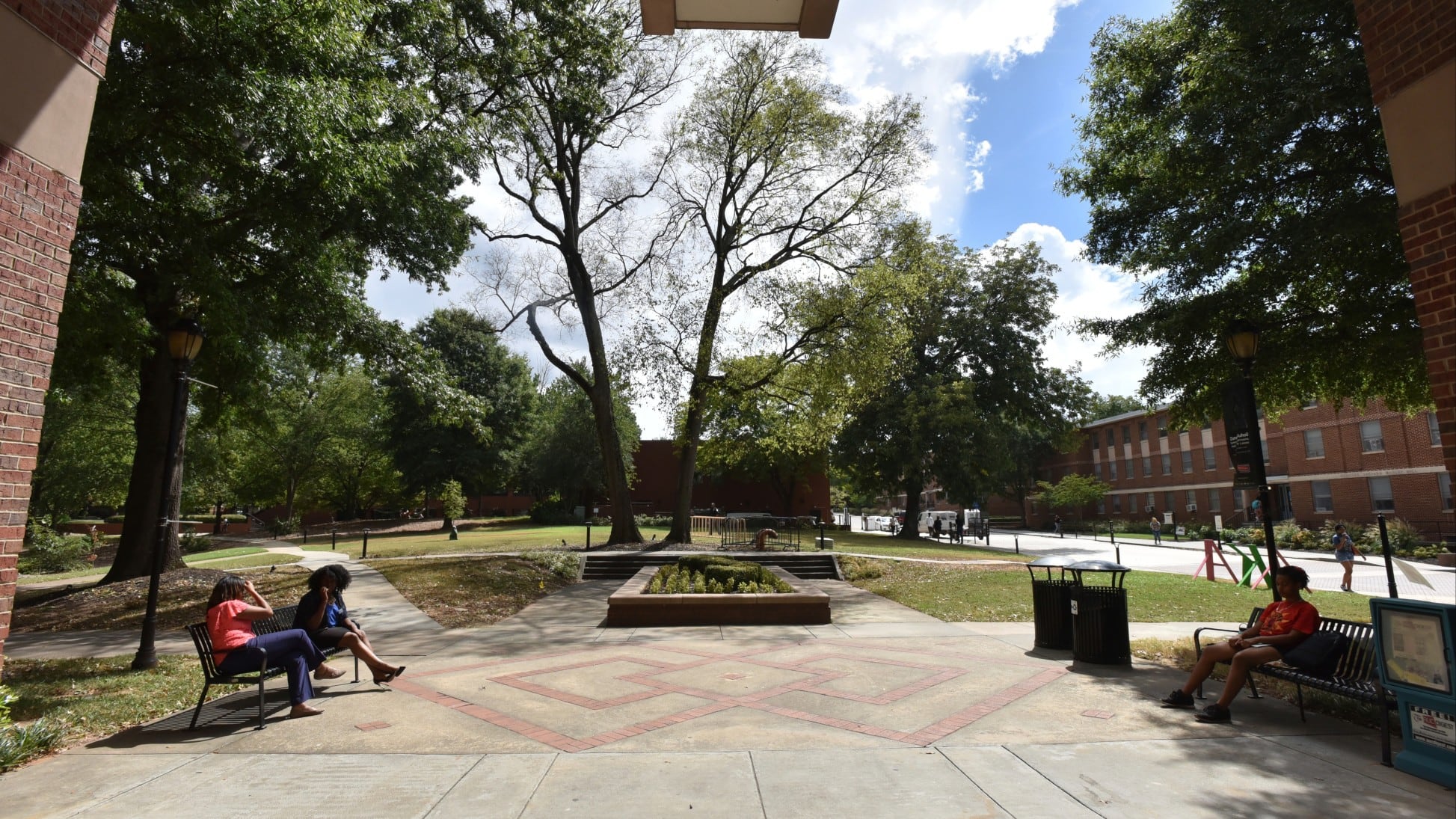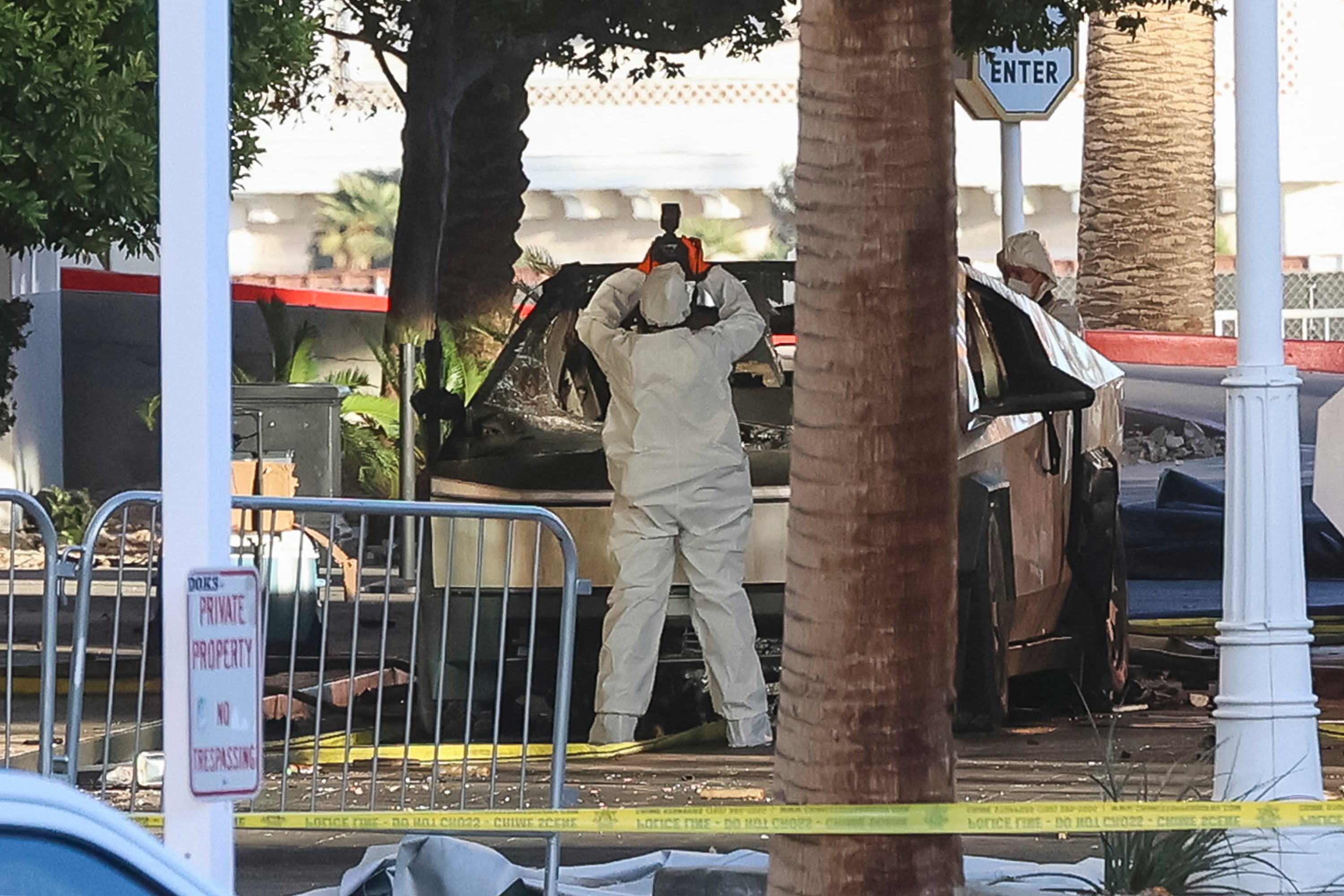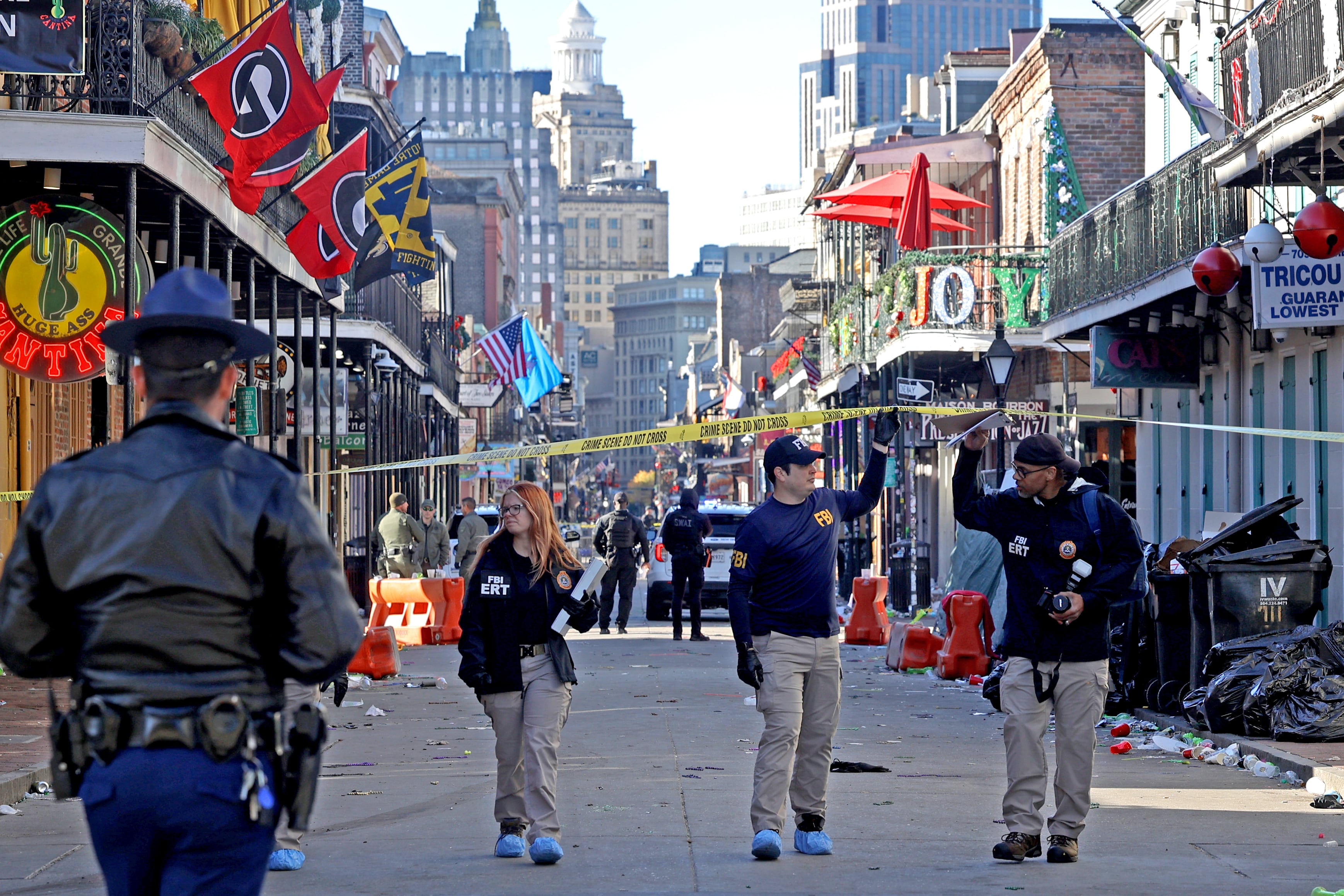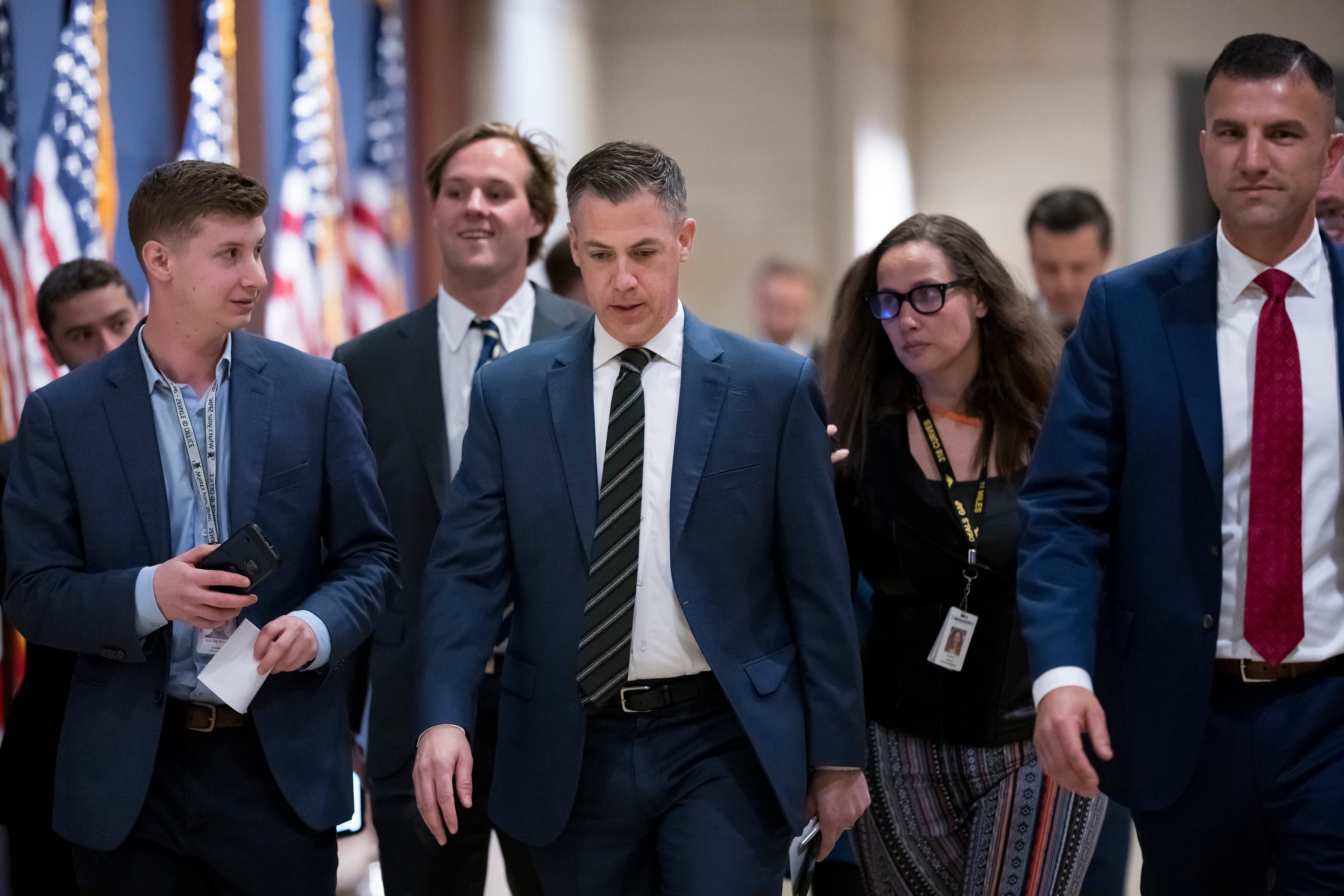BRUSSELS — From top-level decisions like how NATO orders its troops into action to the very granular, like repainting an airfield near the Baltic Sea coast, the U.S.-led alliance is retooling for what it fears could be years of confrontation with a resurgent and unpredictable Russia.
"After decades of peace, that peaceful period after the Cold War is now over," Poland's defense minister and deputy premier Tomasz Siemoniak said recently. "Because there are more and more crises erupting around Europe, and we have to make sure that the public understands it."
On Wednesday, Siemoniak, U.S. Defense Secretary Ash Carter and counterparts from throughout NATO will open a two-day meeting in Brussels expected to continue reshaping an organization originally founded in 1949 to deter the Stalin-era Soviet Union from overrunning Western Europe with its tanks and troops.
Today's security challenges come once again from Moscow — but also from surging radical Muslim extremists like the Islamic State group and on battlefields unheard of by NATO's founders, like cyberspace.
"NATO is adapting to this new environment, to the new conditions on its periphery," Douglas Lute, U.S. ambassador to NATO, said.
To continue the adaptation, alliance defense ministers are expected to order a further increase in the strength and capabilities of the NATO Response Force, from 30,000 to as many as 40,000 troops, NATO Secretary-General Jens Stoltenberg said.
In February, at their last meeting in Brussels, defense ministers agreed to create a rapidly deployable multinational task force of 5,000 ground troops that could come to the aid within 48 hours of any NATO member menaced by Russia or other external threats.
On Wednesday, the ministers are expected to decide on the air, sea and special forces units needed to complement this so-called "spearhead force," and Lute predicted Carter will offer a sizeable U.S. contribution, including strategic airlift capability.
On Tuesday, Carter announced during a visit to Estonia that the U.S. will also spread about 250 tanks, armored vehicles and other military equipment across a half-dozen of NATO's easternmost members that feel most at risk from Russia.
Earlier, the U.S. defense secretary told reporters traveling with him that the Obama administration still hopes to work with the Russians on important issues like the Iran nuclear talks, the fight against Islamic State group and efforts to bring about peaceful regime change in Syria. But Carter said NATO must adapt its deterrence and response capabilities "in anticipation that Russia might not change under Vladimir Putin, or even thereafter."
Last September, the U.S. announced a plan to spend up to $1 billion on various actions to reassure European NATO members. The funds are paying for increased U.S. troop rotations, more exercises, more prepositioning of military equipment and upgrading of infrastructure, including repainting the airfield and adding bulk fuel storage capacity at Amari Air Base in Estonia.
Since possessing an ultra-fast reaction force is pointless if NATO's 28 member countries can't quickly agree in an emergency on how to use it, the defense ministers are also expected to decide on a new mechanism to "speed up our political and military-decision making," Stoltenberg said.
"To further promote faster decisions, we will have more detailed and advanced plans, which is key to be able to deploy forces quickly," the NATO chief said.
Ministers are expected to approve granting U.S. Air Force Gen. Philip Breedlove, the alliance's supreme commander in Europe, "more authority to prepare our troops for deployment and get them ready to go once the political decision has been made," Stoltenberg said. But he stressed that even in the event of deployment, member countries' "full political control" over alliance actions, one of NATO's guiding principles, would be maintained.
Lute said Breedlove will be given more latitude than at present to alert, assemble and mobilize the reaction force. The power to decide on its use will remain with representatives of the governments of NATO's member countries, but the current step-by-step political decision-making sequence used to approve military operations will be simplified and compressed.
"So it's two parts: delegate some (powers) to Phil, and streamline those that remain at the political level," Lute said.
The latest changes at NATO follow broad policy decisions taken by U.S. President Barack Obama and other alliance leaders at the summit held in Wales last September, and come at about the midway point between that meeting and the next NATO summit scheduled for July 2016 in Warsaw, Poland.
"Things over the last several years have gone at a dizzying pace, you might say," U.S. Air Force Secretary Deborah Lee James said during a visit this month to Brussels. "There has been more change than I can remember ever in a single two-year period, at least in the 34 years that I have been an observer on the defense scene."
___
Lolita Baldor in Tallinn, Estonia and Monika Scislowska at the Zagan-Swietoszow test range, Poland contributed.





